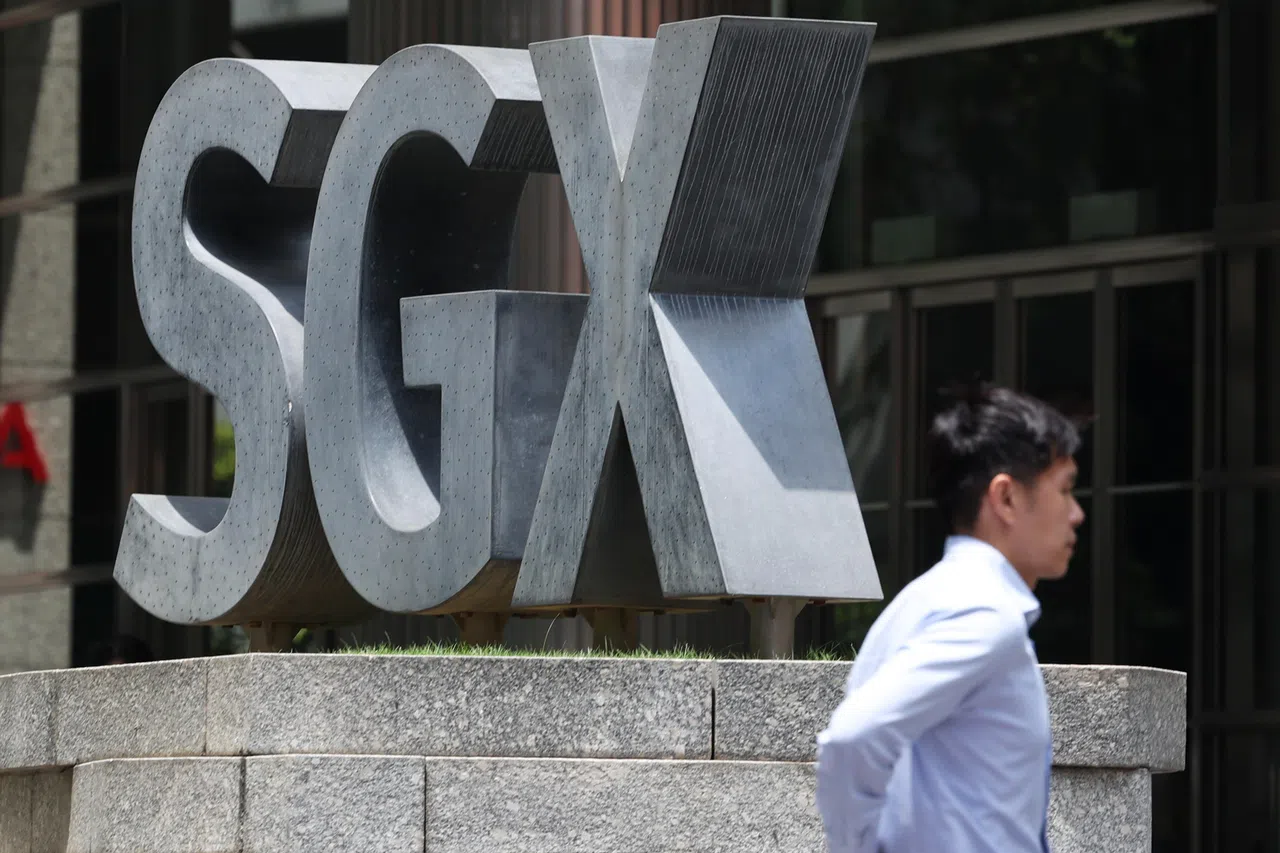ONE of the most anticipated catalysts for further gains in Bitcoin may end up sending the price of the largest cryptocurrency lower, according to JPMorgan analysts.
A Bitcoin code update in April called “the halving” that will reduce the amount of tokens issued daily by half to about 450 is being cited by advocates as leading to a supply shortage. Bitcoin has jumped about 45 per cent this year to around US$62,000, with demand surging from exchange-traded funds approved in January.
The price of Bitcoin has historically increased after a halving event, with so-called miner production cost functioning as a lower bound to the price of the asset. Average Bitcoin production cost currently sits at US$26,500 per Bitcoin which would “mechanically double” post-halving to US$53,000, according to a strategist at JPMorgan Chase & Co.
However, as increased mining difficulty pushes smaller miners out of operation, mining difficulty could be 20 per cent lower than originally estimated, bringing down production costs. With less support in the lower bound, investors may see Bitcoin’s price drifting back towards US$42,000 after April, the strategists wrote on Thursday (Feb 29)
Strategist estimates are based on two key assumptions. First, post-halving electricity cost for miners is estimated at an average of five US cents per kilowatt hour, which can vary depending on location and scale. Second, as mining Bitcoin becomes more energy intensive after April, some private miners with less-efficient fleets of machines and little access to capital will drop out of the market as their production cost exceeds profitability, bringing down the hashrate – a measure of the total mining capacity of the industry – an estimated 20 per cent.
“This 20 per cent drop would bring the hashrate closer to its historical trend,” the strategists wrote. “This would effectively cut the central point of our estimated production cost range to US$42k. This US$42k estimate is also the level we envisage Bitcoin prices drifting towards once Bitcoin-halving-induced euphoria subsides after April.”
Still, if the price of Bitcoin remains elevated, the estimated drop in hashrate may not materialise. After publicly traded miners gained an increased market share in 2022, rising Bitcoin prices the following year drew smaller miners back into the industry as less efficient fleets once again became profitable.
As expanding access to Bitcoin through the new spot Bitcoin ETFs continues to draw in new investors, rising prices could keep smaller miners profitable even after April’s supply cut. BLOOMBERG







